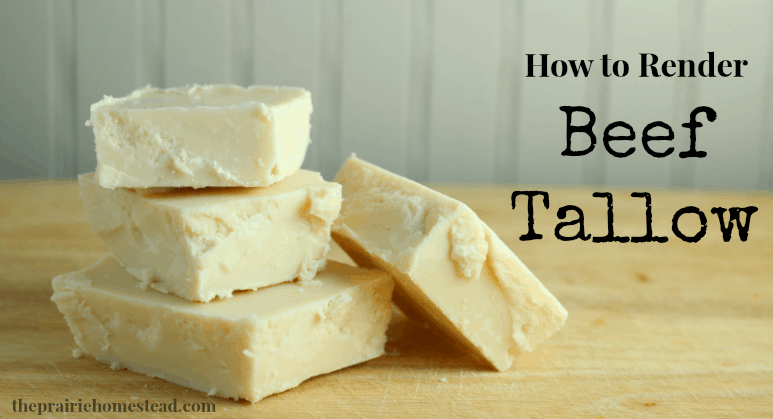That's interesting! I was treating it with all the caution normally given to anecdotal claims but it seems that it's actually viable.
For the record, I don't have any doubt that you can use electricity to stun/kill fish but I did doubt whether a car battery would have enough amperage to achieve it.
For the record, I don't have any doubt that you can use electricity to stun/kill fish but I did doubt whether a car battery would have enough amperage to achieve it.
 ). They are also for sale at large sporting goods stores like Cabellas, Bass Pro Shoppes, Field and Stream Stores, etc, in the hunting/smoking/game processing gear sections.
). They are also for sale at large sporting goods stores like Cabellas, Bass Pro Shoppes, Field and Stream Stores, etc, in the hunting/smoking/game processing gear sections.


Comment